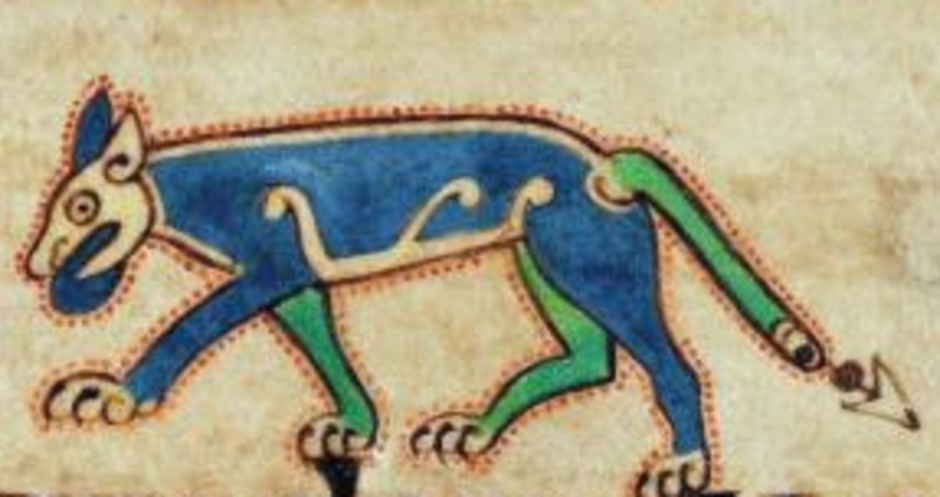
Gaelic Lordship vs. Feudal Lordship
Gaelic lordship was not conferred by a king or charter. Under Féineachas, calleed 'Brehon Law' in English, your family became lords if your family could for at least 3 generations provide aire (help / care / economic aid, called "clientship" in English) to enough céilí or 'aithig ("clients")..
This aid consisted of loan or use of land, cattle, tools, seed grain, etc. In turn, the clients owed your family varying levels of food-rent, labor, and support in legal cases, depending upon the deal made. A lord with more clients, and therefore more honor prices when added up, could 'overswear' the testimony of a lord of equal rank with fewer clients of equal rank. Clients and lord also bound together for mutual defense when needed, but the definition of lordship in the Brehon Laws is based on economic aid, not war.
Levels of lordship were:
flaith aithig - 'commoner lord' - having 10 clients - but not yet a lord because 3 generations haven't provided aire ('care') to clients yet Also called fer fothlai ('man of withdrawal') because he is withdrawing from the rank of commoner
aire déso - 'lord of vassalry' - having 10 clients. Although translated as 'lord of vassalry', 'aire' literally means 'care' and 'caregiver'. Lords care for their clients. The word 'aire' is also used for government ministers in modern Irish.
aire ard - 'high lord - having 20 clients
aire tuíseo - 'lord of leadership' - having 27 clients
aire forgill - 'lord of superior pledge' (or superior testimony) - having 40 clients
"Surrender and Re-Grant" in Ireland in the 16th and 17th Centuries included replacement of Brehon Law with English common law including its feudal elements. That replacement ended this system of lordship, the election of kings, the many levels of marriage, the right to divorce, the rights of children (no such thing as bastardry), etc. My understanding is that something similar occurred in various parts of Scotland from time to time over several centuries as feudal law spread by fits and starts, especially after 1315. So, in one generation for a particular area, we can be looking at a record of a lord by Brehon Law. In the next generation in the same place and family, we can be looking at a record of a lord by feudal law.
For more about Brehon Law, see A Guide to Early Irish Law by Fergus Kelly, School of Celtic Studies, Dublin Institutue for Advanced Studies, 1988
For more on Scotland's pre-feudal Law of the Brets and Scots, see http://en.wikipedia.org/wiki/Leges_inter_Brettos_et_Scottos
Copyright © 2015 by Gerald A. John Kelly
All Rights Reserved - No Reproduction Without Written Permission of the Author

